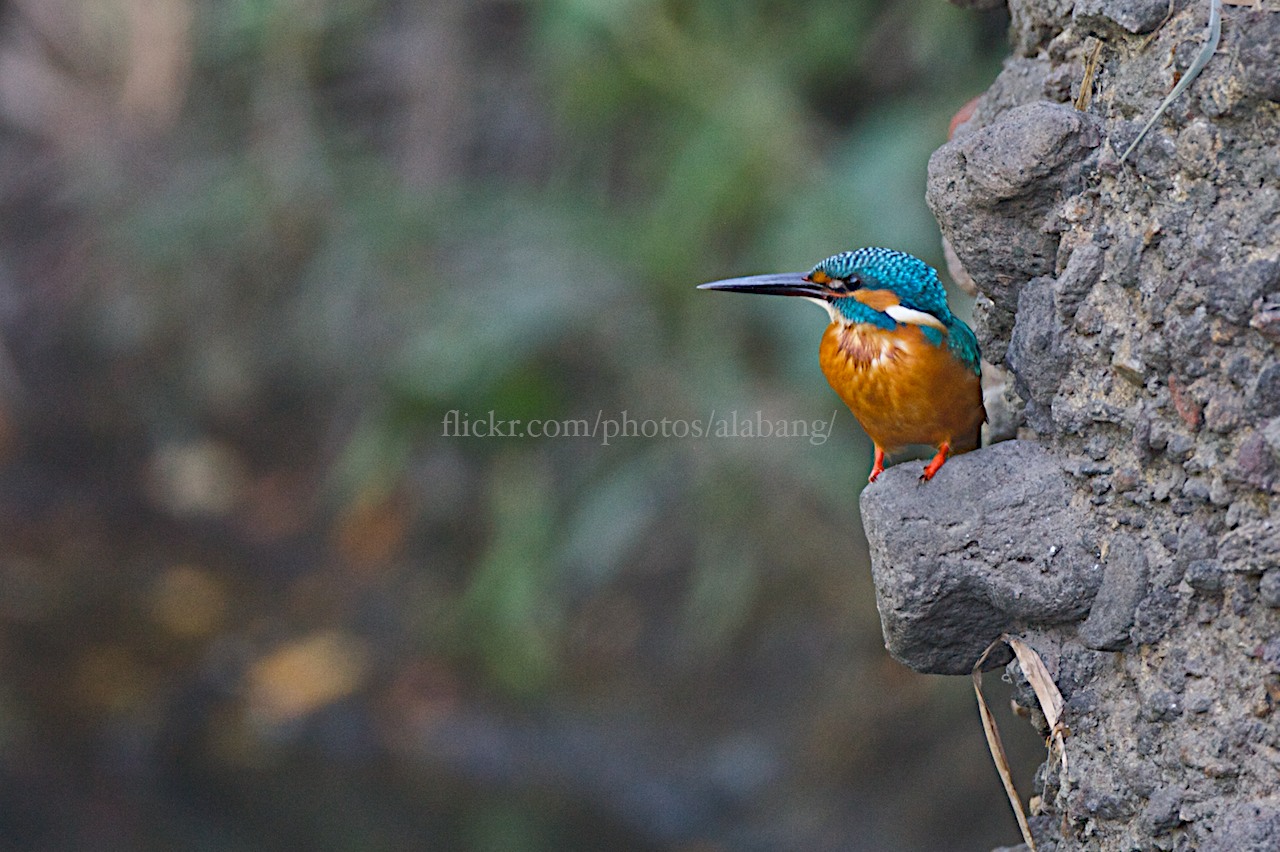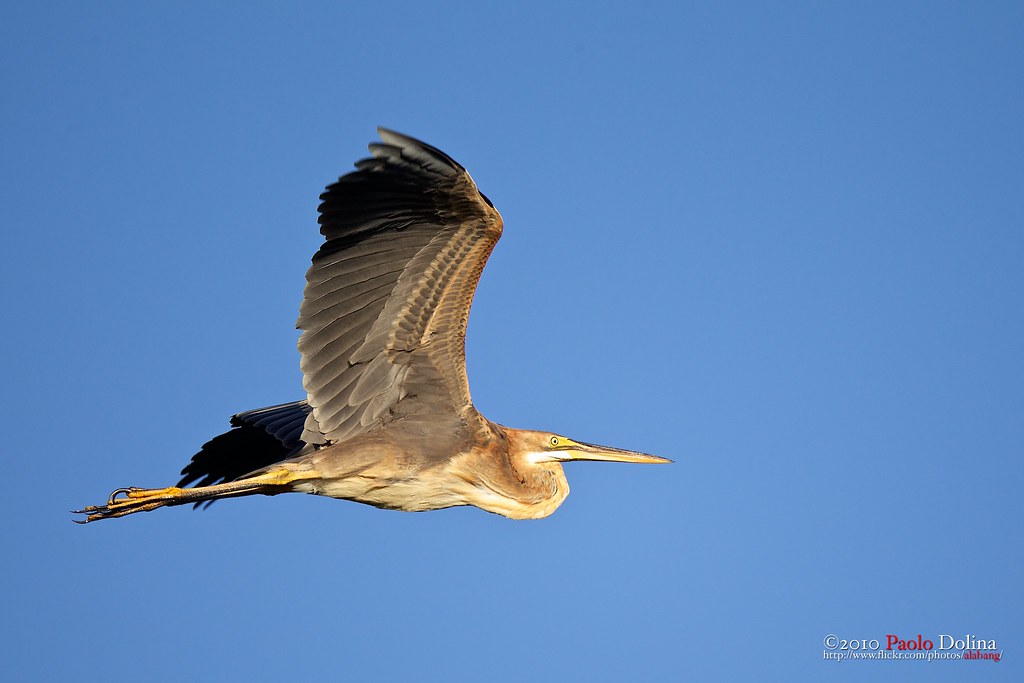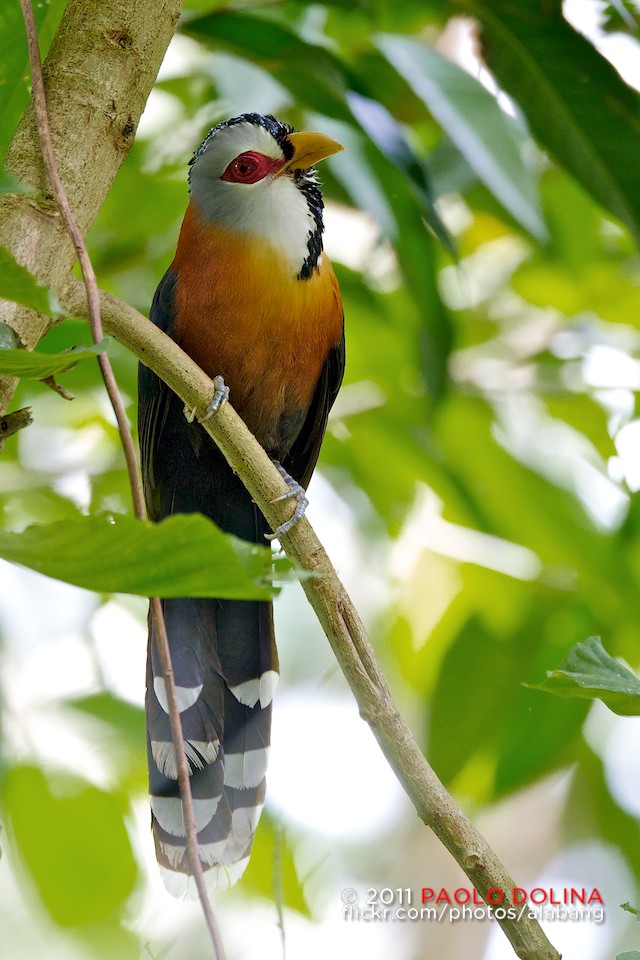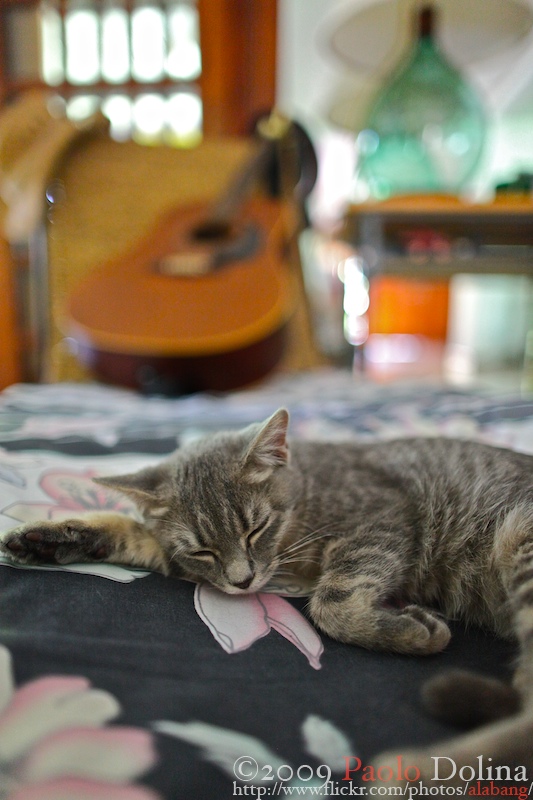You are using an out of date browser. It may not display this or other websites correctly.
You should upgrade or use an alternative browser.
You should upgrade or use an alternative browser.
Lens Flair
- Thread starter Overheat
- Start date
evoWALO
Well-Known Member
Thanks Craig & Matt
 Magnificent Sunbird (Aethopyga magnifica) by Paolo Dolina, on Flickr
Magnificent Sunbird (Aethopyga magnifica) by Paolo Dolina, on Flickr
This is one bird I'd want another opportunity to photograph. It is is just so striking.
 Magnificent Sunbird (Aethopyga magnifica) by Paolo Dolina, on Flickr
Magnificent Sunbird (Aethopyga magnifica) by Paolo Dolina, on FlickrThis is one bird I'd want another opportunity to photograph. It is is just so striking.
Last edited:
evoWALO
Well-Known Member
evoWALO
Well-Known Member
Thanks Craig

Common Kingfisher, Alcedo atthis by Paolo Dolina, on Flickr
Beautiful little blue-and-orange bird with a long, pointed bill. Often rather shy and inconspicuous despite bright plumage. Found along rivers, streams, lakes, and ponds—almost any fresh or brackish habitat with small fish. Often perches quietly in trees over water; most often seen in very fast low flight as a turquoise flash over the water, usually flying away. Easily detected once its high, shrill whistled call is learned, even if the bird itself is hidden. The only small blue kingfisher over much of its range.
Source: https://ebird.org/species/comkin1?siteLanguage=en_PH
Location: https://en.wikipedia.org/wiki/Muntinlupa
This was one of the first birds I photographed within the 1st 3 months of getting into birding. And it shows!

Common Kingfisher, Alcedo atthis by Paolo Dolina, on Flickr
Beautiful little blue-and-orange bird with a long, pointed bill. Often rather shy and inconspicuous despite bright plumage. Found along rivers, streams, lakes, and ponds—almost any fresh or brackish habitat with small fish. Often perches quietly in trees over water; most often seen in very fast low flight as a turquoise flash over the water, usually flying away. Easily detected once its high, shrill whistled call is learned, even if the bird itself is hidden. The only small blue kingfisher over much of its range.
Source: https://ebird.org/species/comkin1?siteLanguage=en_PH
Location: https://en.wikipedia.org/wiki/Muntinlupa
This was one of the first birds I photographed within the 1st 3 months of getting into birding. And it shows!
Labcoatguy
Forum Addict
- Joined
- Mar 27, 2005
- Messages
- 14,182
- Location
- New England region, USA
- Car(s)
- #Jaguar #XKR #XJR, #Saab #9-3 #9-5 #900
evoWALO
Well-Known Member
evoWALO
Well-Known Member
Thank you Craig and eizbaer.
Same vantage point & same body. Different lens.
Like the first image, the second image is not cropped.

Assumption College San Lorenzo by Paolo Dolina, on Flickr
Same vantage point & same body. Different lens.
Like the first image, the second image is not cropped.

Assumption College San Lorenzo by Paolo Dolina, on Flickr
evoWALO
Well-Known Member
evoWALO
Well-Known Member
Thanks lip & CraigB

Asian Glossy Starling (Aplonis panayensis) by Paolo Dolina, on Flickr
Fierce-looking, large songbird with a thick, decurved bill. Adult dark with greenish gloss in good light. Juvenile dark gray-brown above with a heavily streaked white belly. Most have ruby-red eyes, but birds in the central and southern Nicobar Islands have pale irises. Prefers urban and suburban areas; a common sight in cities, towns, parks, and farmland areas. Frequently seen perching on telephone wires, fence posts, and buildings, often in very large, noisy flocks. Native to Southeast and South Asia; introduced to Taiwan, where fairly common.
Source: https://ebird.org/species/asgsta1?siteLanguage=en_PH

Asian Glossy Starling (Aplonis panayensis) by Paolo Dolina, on Flickr
Fierce-looking, large songbird with a thick, decurved bill. Adult dark with greenish gloss in good light. Juvenile dark gray-brown above with a heavily streaked white belly. Most have ruby-red eyes, but birds in the central and southern Nicobar Islands have pale irises. Prefers urban and suburban areas; a common sight in cities, towns, parks, and farmland areas. Frequently seen perching on telephone wires, fence posts, and buildings, often in very large, noisy flocks. Native to Southeast and South Asia; introduced to Taiwan, where fairly common.
Source: https://ebird.org/species/asgsta1?siteLanguage=en_PH
marcos_eirik
Well-Known Member
- Joined
- Nov 28, 2004
- Messages
- 4,178
- Location
- Oslo, Norway
- Car(s)
- Mostly my feet, occasionally a Tesla
From the Porsche Festival previously this month:

It’s a recreation of a Porsche 917K, painted in the 1970s psychedelic livery. It’s a very accurate recreation based on original schematics, but using carbon fibre for the bodywork. The only thing missing is a flat-12 engine as that would make the whole thing way more expensive according to the builder.
It’s a recreation of a Porsche 917K, painted in the 1970s psychedelic livery. It’s a very accurate recreation based on original schematics, but using carbon fibre for the bodywork. The only thing missing is a flat-12 engine as that would make the whole thing way more expensive according to the builder.
evoWALO
Well-Known Member
evoWALO
Well-Known Member
evoWALO
Well-Known Member
evoWALO
Well-Known Member
Thanks Craig
 Spotted Wood Kingfisher (Actenoides lindsayi) by Paolo Dolina, on Flickr
Spotted Wood Kingfisher (Actenoides lindsayi) by Paolo Dolina, on Flickr
A striking medium-sized kingfisher of lowland and foothill forest. Whitish below with dark scaling and dark green above with buff spotting. Bill bicolored, black above and orange below. Note the broad black band through the eye, reaching the back of the head, and the green crown and rump. Male has a full rufous collar, throat, and band below the eye, as well as a bright blue moustache and band behind the eye that are green in the female. Unmistakable in its range. Song, given at dawn, consists of a single downslurred whistle, “wee-ooo,” repeated every few seconds.
Source: https://ebird.org/species/spokin1?siteLanguage=en_PH
Location: http://en.wikipedia.org/wiki/La_Mesa_Ecopark
 Spotted Wood Kingfisher (Actenoides lindsayi) by Paolo Dolina, on Flickr
Spotted Wood Kingfisher (Actenoides lindsayi) by Paolo Dolina, on FlickrA striking medium-sized kingfisher of lowland and foothill forest. Whitish below with dark scaling and dark green above with buff spotting. Bill bicolored, black above and orange below. Note the broad black band through the eye, reaching the back of the head, and the green crown and rump. Male has a full rufous collar, throat, and band below the eye, as well as a bright blue moustache and band behind the eye that are green in the female. Unmistakable in its range. Song, given at dawn, consists of a single downslurred whistle, “wee-ooo,” repeated every few seconds.
Source: https://ebird.org/species/spokin1?siteLanguage=en_PH
Location: http://en.wikipedia.org/wiki/La_Mesa_Ecopark
evoWALO
Well-Known Member
evoWALO
Well-Known Member
Thanks Craig

Rufous-backed Shrike (Lanius schach) by Paolo Dolina, on Flickr
A large, noisy shrike typical of open habitats across Asia. Adults have a dark mask and a light gray upper back with a variable amount of orange on lower back and flanks. Eastern subspecies has complete black cap; melanistic form has more extensive dark mask and is darker overall. Smaller Bay-backed Shrike has thicker black mask; Gray-backed Shrike has darker gray back and lacks orange coloration and white in wings. Juveniles difficult to separate from other juvenile shrikes. Gives loud, screeching calls; also mimics other birds.
Source: https://ebird.org/species/lotshr1?siteLanguage=en_PH
Location: https://en.wikipedia.org/wiki/Muntinlupa

Rufous-backed Shrike (Lanius schach) by Paolo Dolina, on Flickr
A large, noisy shrike typical of open habitats across Asia. Adults have a dark mask and a light gray upper back with a variable amount of orange on lower back and flanks. Eastern subspecies has complete black cap; melanistic form has more extensive dark mask and is darker overall. Smaller Bay-backed Shrike has thicker black mask; Gray-backed Shrike has darker gray back and lacks orange coloration and white in wings. Juveniles difficult to separate from other juvenile shrikes. Gives loud, screeching calls; also mimics other birds.
Source: https://ebird.org/species/lotshr1?siteLanguage=en_PH
Location: https://en.wikipedia.org/wiki/Muntinlupa
evoWALO
Well-Known Member

Chestnut Munia, (Lonchura atricapilla) by Paolo Dolina, on Flickr
A small, plump reddish brown finch with a black head and thick silvery-blue bill. Immatures are plain sandy brown with slightly darker wings. Often seen in flocks, usually in grassy areas, including lawns, but also marshes and rice paddies; prefers wetter areas than Scaly-breasted Munia. Gives soft pipping and clinking notes; song includes quiet slurred whistles and bill clicks. Native to southeastern Asia, but introduced to numerous areas including the Hawaiian Islands, Japan, Ecuador, and Jamaica.
Source: https://ebird.org/species/chemun?siteLanguage=en_PH
Location: https://goo.gl/maps/wCywmZ12CYqK5uAj8
evoWALO
Well-Known Member
Thanks Craig

Zitting Cisticola (Cisticola juncidis) by Paolo Dolina, on Flickr
Very small, with a distinctive short, rounded tail with conspicuous spots at the tip. Body sandy-colored below, streaky above. Breeding males have a dark bill and crown. Found in open grasslands, meadows, marshes, and agricultural areas. Most readily detected by its repetitive and monotonous song, given from either a perch or in an undulating song flight. Song varies across wide distribution, ranging from evenly-paced squeaky “tsik, tsik” of African and European birds to the fast dry ticking of Southeast Asian birds.
Source: https://ebird.org/species/zitcis1
Post Production: Framed as is for the purpose of displaying this on a 30"x20" frame. Sharpening on bird & desharpening in background.
Location: https://goo.gl/maps/8doRcXRT1YFRGCNt9

Zitting Cisticola (Cisticola juncidis) by Paolo Dolina, on Flickr
Very small, with a distinctive short, rounded tail with conspicuous spots at the tip. Body sandy-colored below, streaky above. Breeding males have a dark bill and crown. Found in open grasslands, meadows, marshes, and agricultural areas. Most readily detected by its repetitive and monotonous song, given from either a perch or in an undulating song flight. Song varies across wide distribution, ranging from evenly-paced squeaky “tsik, tsik” of African and European birds to the fast dry ticking of Southeast Asian birds.
Source: https://ebird.org/species/zitcis1
Post Production: Framed as is for the purpose of displaying this on a 30"x20" frame. Sharpening on bird & desharpening in background.
Location: https://goo.gl/maps/8doRcXRT1YFRGCNt9
evoWALO
Well-Known Member
Thanks Craig & lip

Purple Heron (Ardea purpurea) by Paolo Dolina, on Flickr
Large heron with rusty head and streaky neck; juvenile is extensively rusty brown on upperparts. Favors fresh marshes with tall reeds and other vegetation. Often more retiring than Gray Heron and rarely seen in open situations. Only likely to be confused with larger and bulkier Gray Heron, which is paler and grayer overall, with a stouter bill.
Source: https://ebird.org/species/purher1
Location: https://goo.gl/maps/yEhDftH3LzYay8xK7

Purple Heron (Ardea purpurea) by Paolo Dolina, on Flickr
Large heron with rusty head and streaky neck; juvenile is extensively rusty brown on upperparts. Favors fresh marshes with tall reeds and other vegetation. Often more retiring than Gray Heron and rarely seen in open situations. Only likely to be confused with larger and bulkier Gray Heron, which is paler and grayer overall, with a stouter bill.
Source: https://ebird.org/species/purher1
Location: https://goo.gl/maps/yEhDftH3LzYay8xK7
These are some magnificent shots.








